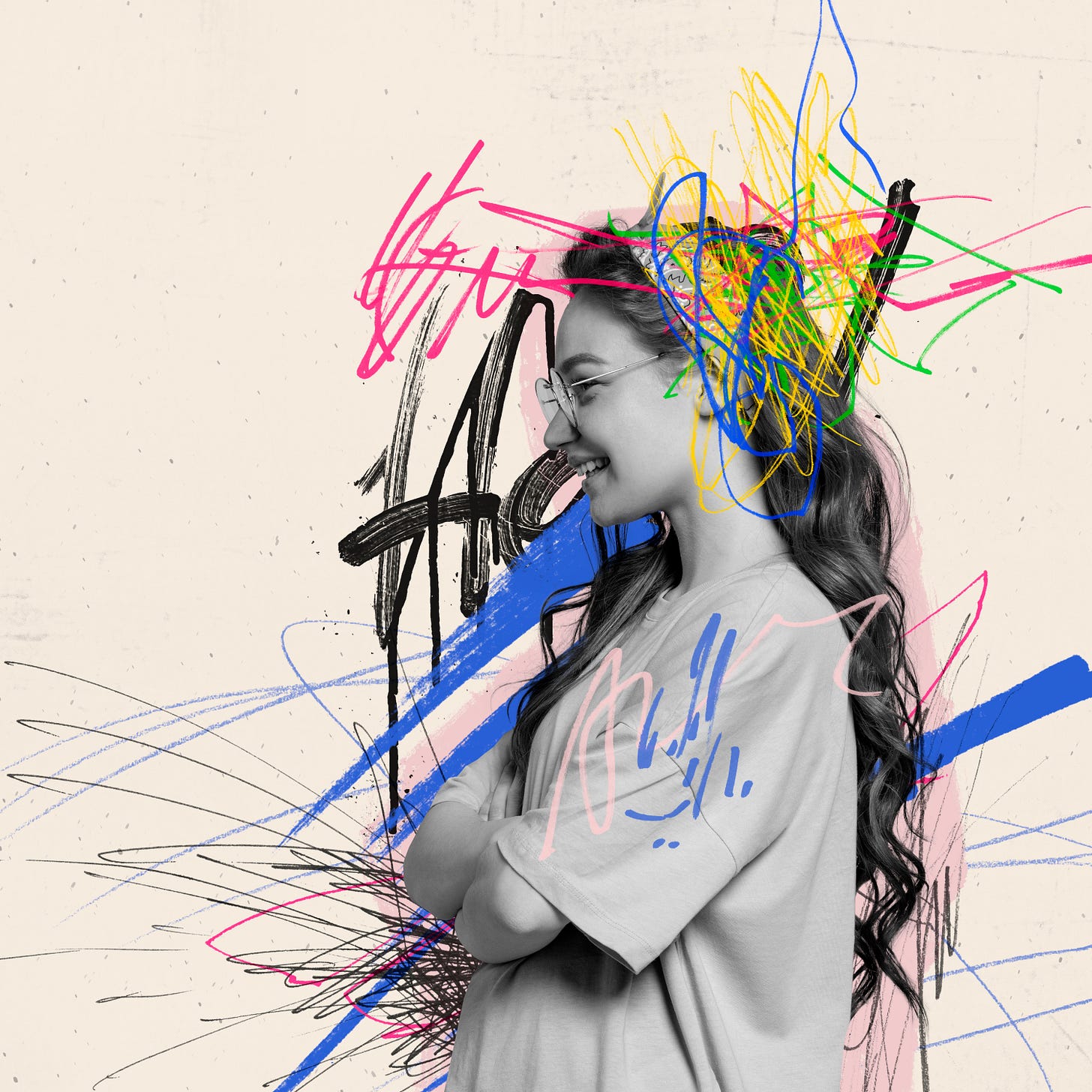White-collar fears of generative AI are growing, and recent layoffs at Microsoft and other big tech companies like Google and Meta signal that change is in the air. According to Layoffs.fyi, more than 400,000 high-tech employees have lost their jobs since 2023. Of even greater concern is that these numbers do not reflect the total impact of AI in the broader white-collar economy. A 2023 McKinsey report estimates that generative AI has “the potential to automate work activities that absorb 60 to 70 percent of employees’ time today.” This does not mean these jobs will disappear, but the nature of the human contribution most certainly will.
What might we expect? Let’s consider some concrete examples. For example, generative AI is proving adept at writing legal documents of all kinds, work previously done exclusively by attorneys and paralegals. The same thing is happening in software development, where AI-enabled tools such as CoPilot are now writing code equal to or better than human programmers. While big tech has been the first to respond, investing billions in AI while reducing headcount to pay for it, other white-collar firms are sure to follow. Who needs thousands of stock traders and analysts when an algorithm can do the same work for so much less? Generative AI has also impacted the arts. Many conceptual artists now concern themselves with the intricacies of prompt engineering, experimenting with new ways to get the machine to do the mundane tasks they once did.
The list of white-collar tasks that AI might automate is endless. But with routine work automated, what’s left? The answer is human creativity. Those with creative skills will prosper like never before in this new world. Popular author Daniel Pink makes a similar argument in his book, A Whole New Mind: Why Right-Brainers Will Rule the Future. According to Pink, technological advances are now tipping the scales in favor of creative skills rather than technical know-how, and generative AI tools are only accelerating this trend.
To successfully navigate the ever shifting landscape of work, we will need to revisit the question of what it means to be human. What are the distinctive facets of creative thinking, and how will those shape the way humans adapt to generative AI? Humanists have pondered these questions for millennia. Although a consensus has yet to emerge, the following propositions articulate a rough approximation of what humanists believe to be true about creative thinking:
It is multi-dimensional. Historians are keenly aware that there is rarely just one cause for any given event or cultural situation. The world is complex and our thinking about it ought to match that reality.
It takes a longer view. For humanists, understanding is rooted in context. What are the historical antecedents that preceded a given event or period? That is, how is it situated within the stream of history?
It values breadth over depth. To make creative connections, one must have knowledge of a wide variety of fields, some oppositional, others complementary. The broader and wider one’s knowledge, the greater the possibility of making unique connections.
It is the product of friction. Humanists have long realized that it takes effort to extract the most creative ideas. For them, writing is thinking. The friction of writing is therefore a necessary prerequisite of creative output.
It views time as a friend, not as an enemy. The unconscious mind works on its own time, not on command. And because that’s where valuable and interesting connections are made, we must give the unconscious space and time to work. Rome wasn’t built in a day.
It acknowledges the value of reading. Reading widely and deeply is an invaluable skill as it stocks the mind with ideas and vicarious experiences.
Together these principles can inform an intelligent response to the generative AI challenge. For once we know what makes us unique, it’s much easier to sort out the new relationship between human and machine. Who does what and why.
In a future post, I’ll dive into the details of the six points listed above, showing their practical relevance and providing a more concise definition of creativity. And as always, I invite you to share your thoughts in the comments below.




